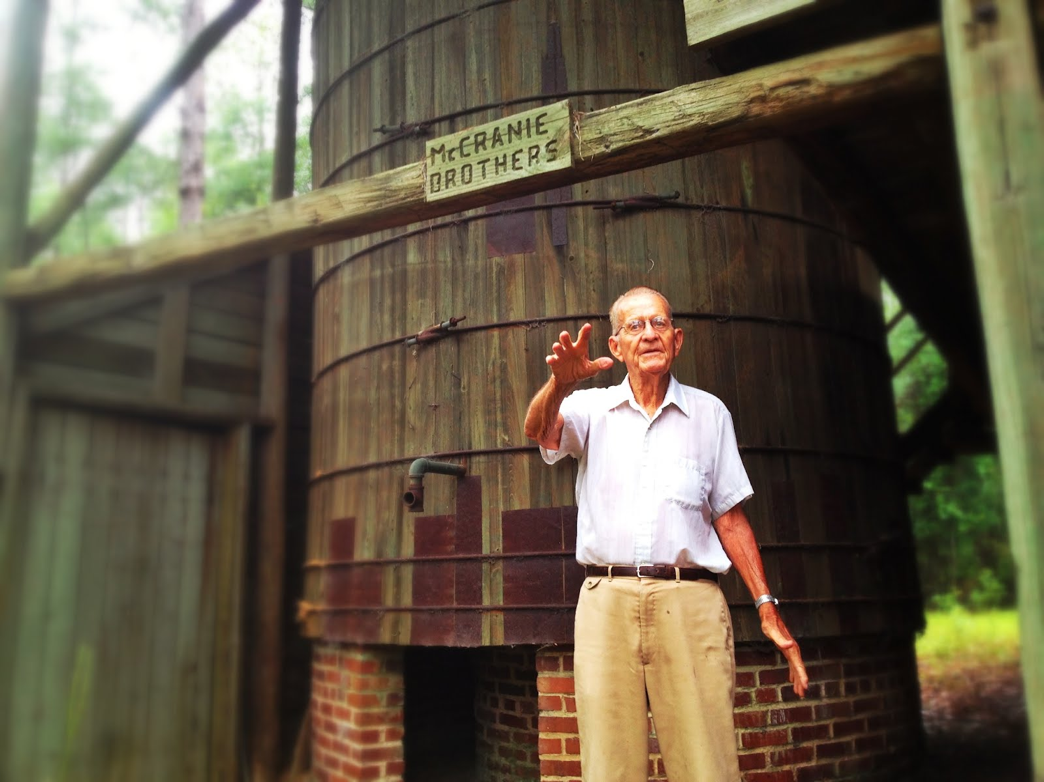SEVEN STUDENTS STARED at me as I cocked and aimed the gun. We were huddled under a roadside awning, on a Sunday in June, to avoid thick sheets of tropical rain.
When I pulled the trigger, a paint-covered Nerf dart smacked against a road atlas on the sidewalk. I knelt to inspect the result — a fluorescent yellow splotch on southern Georgia — before tossing the gun to a teammate. The sun was rising rapidly; according to my stopwatch, we had two minutes and nineteen seconds to pick a location.


